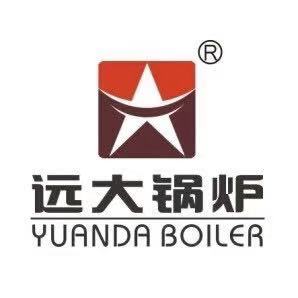
Privacy statement: Your privacy is very important to Us. Our company promises not to disclose your personal information to any external company with out your explicit permission.
News
Home > Company News > What are the structures and features of the horizontal double-drum water-tube boiler?
2022-06-22
Share to:
Send Inquiry

Ms. Luna Wang
Email:
Send Inquiry Tel:86-0371-60137716
Fax:86-0371-60137715
Mobile Phone:+8618236951735
Email:
Address:Ganxiao Road(4th Industrial Road)Western Indutrial Area,Xihua, Zhoukou, Henan
Product Categories
Mobile Site


Privacy statement: Your privacy is very important to Us. Our company promises not to disclose your personal information to any external company with out your explicit permission.

Fill in more information so that we can get in touch with you faster
Privacy statement: Your privacy is very important to Us. Our company promises not to disclose your personal information to any external company with out your explicit permission.